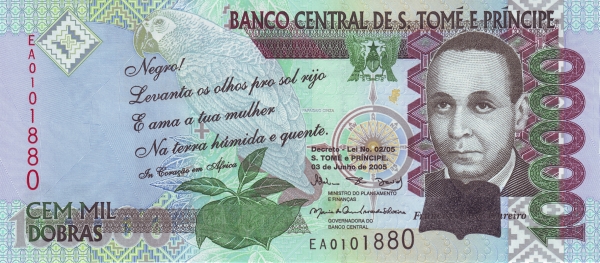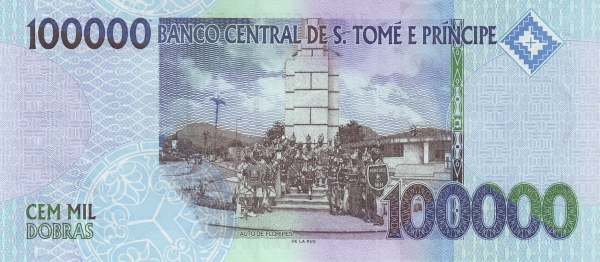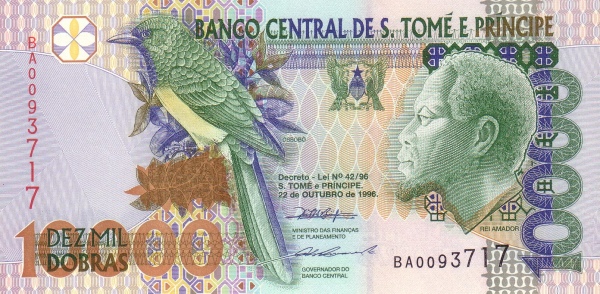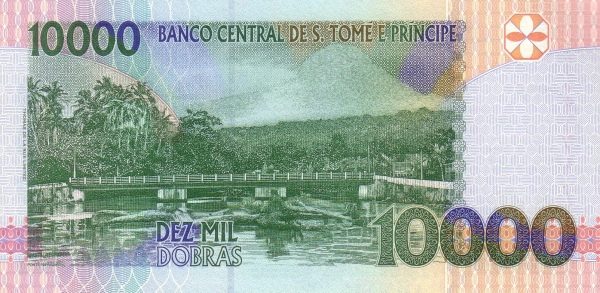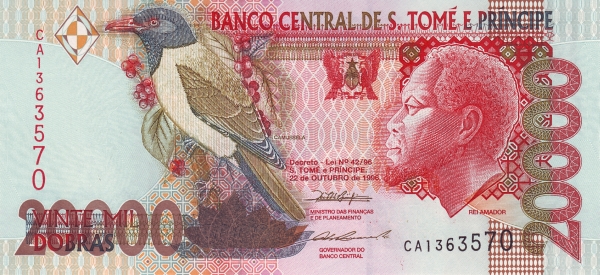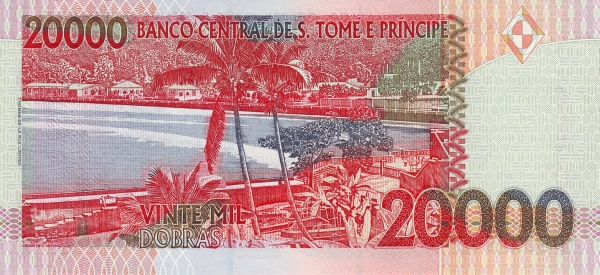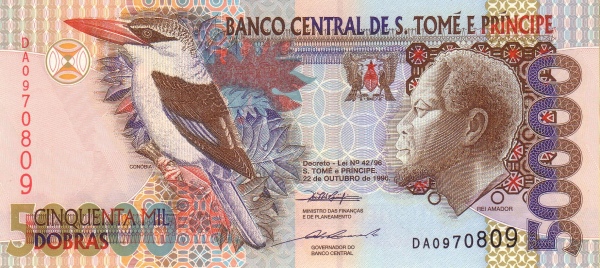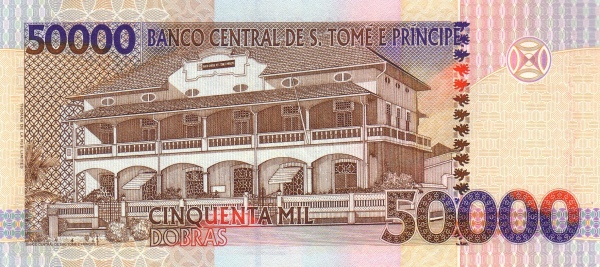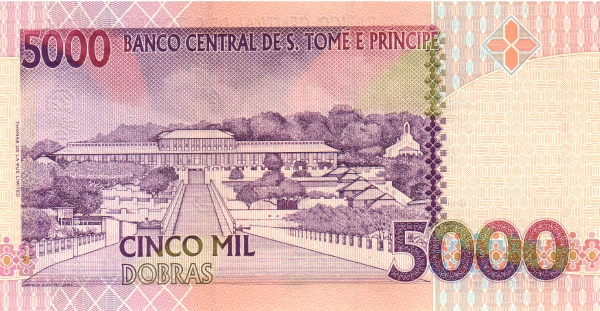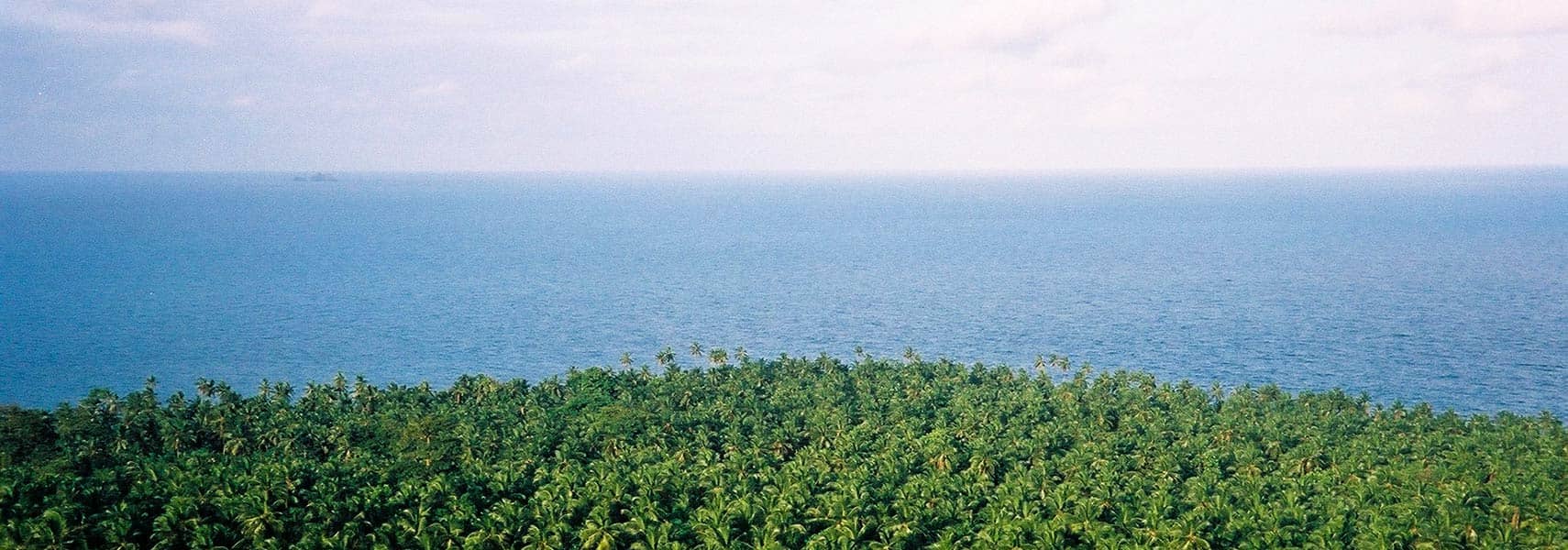Sao Tome and Principe: An Island Gem in the Gulf of Guinea
Sao Tome and Principe, officially known as the Democratic Republic of São Tomé and Príncipe, presents an extraordinary blend of natural beauty and rich history. Nestled in the Gulf of Guinea, merely 320 km (200 mi) from Gabon on Africa's mainland, this volcanic archipelago has captivated explorers and tourists alike. Its two main islands, São Tomé and Príncipe, enjoy a strategic position close to the equator, creating a unique ecosystem that supports diverse flora and fauna.
Geographical Marvels
The combined land area of Sao Tome and Principe measures just 964 km², roughly equivalent to twice the size of Andorra. To frame this in another way, it is more than five times the size of Washington, DC. These islands feature lush rainforests, towering mountains, and pristine beaches, making them a paradise for nature lovers and adventure seekers.
Population and Culture
As of 2016, the population of Sao Tome and Principe stood at approximately 178,700, positioning it as the second least populated country in Africa, following Seychelles. Being the smallest Portuguese-speaking country in the world, it embraces a multicultural identity. Beyond Portuguese, the official language, local dialects such as Forro, Angolar, and Principense Creole enrich the cultural fabric of the nation.
A Glimpse into History
Portugal discovered and claimed Sao Tome and Principe in the late 15th century. The islands initially thrived on sugar cultivation, but by the 19th century, the economy had pivoted to coffee and cocoa, both cultivated on plantations utilizing slave labor. This harsh legacy echoes into the 20th century as some form of this labor persisted.
Independence became a reality on July 12, 1975. However, the political landscape of Sao Tome and Principe has remained turbulent since then. Democratic reforms did not emerge until the late 1980s, and the first free elections only occurred in 1991. Despite these advancements, the country faced instability, marked by frequent changes in leadership and multiple non-violent coup attempts occurring in 1995, 1998, 2003, and 2009.
The Economic Landscape
Recently, the discovery of oil in the Gulf of Guinea brought hope for economic transformation. Though this resource remains unexploited so far, its imminent development may reshape Sao Tome and Principe’s economic future significantly. Additionally, the islands rely heavily on agriculture. Key products include cocoa, coconuts, copra, palm kernels, cinnamon, pepper, coffee, bananas, and beans.
Natural Resources and Industries
Sao Tome and Principe boasts a treasure trove of natural resources. It holds potential reserves of fish, hydropower, and untapped petroleum that promise to boost its economic viability. Moreover, the fishing and agriculture industries dominate the local economy. They not only sustain livelihoods but also contribute significantly to exports.
Export Dynamics
In 2010, cocoa emerged as the country’s primary export, accounting for a staggering 80% of total exports. Other important commodities include copra, coffee, and palm oil. Sao Tome and Principe collaborates with various international partners for its export market. In 2015, the Netherlands topped this list, contributing 29.2%, followed closely by Belgium at 22.4%, and Spain at 15.5%.
Import and Trade Relations
The import landscape of Sao Tome and Principe comprises machinery, electrical equipment, and essential food products. In 2015, Portugal emerged as the primary source of imports, supplying 65.2% of the country’s needs. China and Gabon also play significant roles, constituting 8.1% and 7.3%, respectively.
Climate and Biodiversity
The climate of Sao Tome and Principe exhibits a tropical pattern, characterized by distinct wet and dry seasons. Its mountainous terrain significantly influences the weather patterns, resulting in abundant rainfall that nourishes the island's lush greenery. Additionally, the archipelago boasts a rich biodiversity that includes endemic species of flora and fauna, further enhancing its ecological significance.
Social Aspects
In terms of demographics, the Sao Tomeans represent a mixed ethnic group of African and Portuguese descent. The majority, approximately 80%, identify as Christians. Education plays a crucial role in societal development, with a literacy rate of about 68%. Efforts to improve educational facilities continue to shape the country's future.
Tourism Potential
As an emerging tourist destination, Sao Tome and Principe offers breathtaking landscapes and rich cultural experiences. The stunning beaches, vibrant coral reefs, and mountainous terrains create an adventurous playground perfect for eco-tourism. Visitors can explore the islands' unique wildlife or partake in various outdoor activities, including hiking, diving, and bird-watching.
Conclusion
In summary, Sao Tome and Principe stands as a vibrant blend of rich history, diverse culture, and promising economic prospects. As the country navigates its way into a future that includes the potential exploitation of oil resources, it remains rooted in its agricultural traditions and cultural heritage. This island nation, with its captivating allure, invites everyone to explore its hidden treasures and become part of its evolving narrative.
Largest cities of: Sao Tome and Principe
| City Name | Population | Year of foundation | |
| São Tomé | 150,000 | 1470 | |
| Neves | 12,000 | 1493 | |
| Santana | 5,000 | 1485 | |
| Trindade | 3,000 | 1753 |
Sao Tome and Principe: Money
